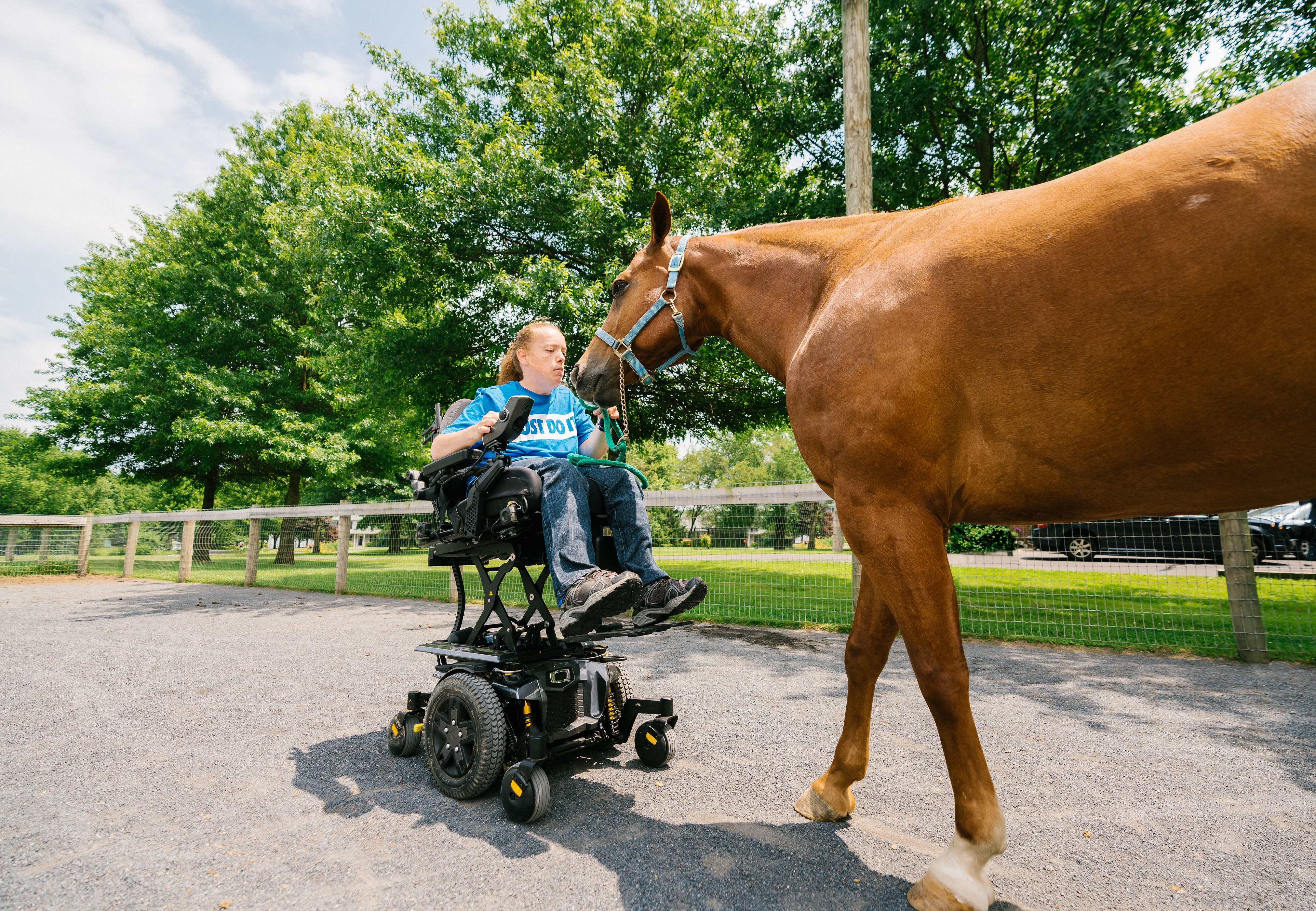What to Expect During a Seating Clinic Evaluation
During the rehabilitation process, you may be referred to a seating clinic or asked to participate in a seating evaluation. The goal of this evaluation is to use a full team approach when selecting the mobility equipment that best meets your needs.
Every person is unique in what his or her goals, environments, routines, and progress may look like. This is why a one-on-one evaluation is needed to best match equipment to a person’s individualized needs.
When going into a seating clinic, the first thing to know is that the focus is on you. The more you can describe what you want to accomplish in your daily routine, the better the team can match that with your positioning needs. A seating evaluation is a team effort, and many times that team is made up of you, a physical or occupational therapist, an assistive technology professional (ATP) who represents a company supplying the equipment, and potentially a representative from a manufacturer of the equipment that is being considered. This group is meant to work as a team to collaborate, as there are many possibilities out there. Bringing together experts from different areas helps identify the best products to meet your needs.
During an evaluation, you are asked many questions regarding your medical history and your strength, pain, sensation and movement are assessed. Additionally, you may be asked about functional tasks and how much assistance you need to perform those tasks. A therapist may ask if you have had any previous history of skin breakdown. The therapist may ask to assess your skin in a private area of the clinic for any signs of breakdown. Typically, you are asked to or assisted with transferring to a therapy mat for a mat evaluation. This assesses balance, posture, skeletal alignment, and any restrictions that may be present in the length of your muscles that may impact your positioning and comfort in a mobility device.
You may notice the clinician making written or verbal notes about your positioning or other considerations that need to be mentioned. Always remember that you can ask for clarification on anything that is said. Remember, the goal of the evaluation is not to critique your body or positioning. Naturally, some positioning changes can occur over time relating to your injury. The goal of positioning is to achieve what is considered a neutral alignment or to accommodate areas that may have changed and prevent any complications in the future. Some information is very helpful in determining the appropriate equipment.
After assessing your movement and posture, it is standard to take formal seating measurements to customize seating and positioning components to your body. Depending if you have trialed any equipment before, your therapist may collaborate with the ATP or manufacturer representative to have specific trial equipment there for the evaluation. When trialing equipment, components may not fit you perfectly. The goal is to look at what is comfortable, provides the best positioning, and allows you the most independence. This session is about matching your needs to a seating system that can maximize your functional mobility for daily activities.
It is common to recommend a follow-up appointment, depending on if all the information needed was obtained during the initial evaluation. Again, knowing your main goals will help the team match products to your needs.
Your seating evaluation is complete. Now, what’s next? Your therapist writes the appropriate justifications for the equipment recommended and sends those recommendations to the ATP associated with your dealer. Your dealer then contacts you regarding the funding and approval process. Even after receiving your equipment, your ATP continues to be your main point of contact for any follow up services and questions.
There is a lot to consider throughout this overwhelming process. Ultimately, your team of experts are working with you and behind the scenes to match your goals with clinical considerations in body positioning, skin protection, rehabilitation, and the many options that exist for equipment selection. All of this to say, your therapists, ATPs, and manufacturer representatives have your best interests at heart.
Alex Chesney OTR, ATP

This article was created in partnership with Quantum Rehab.

